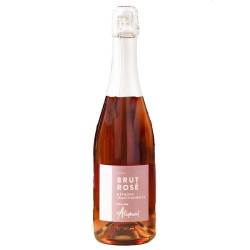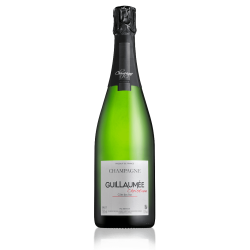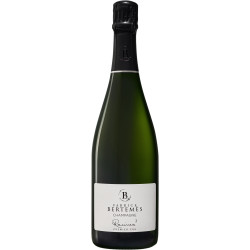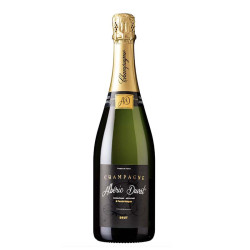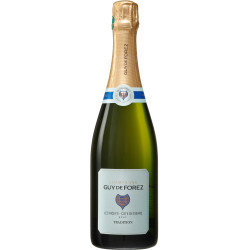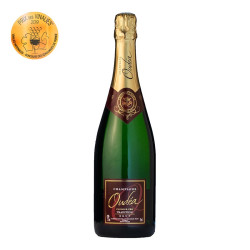Free delivery on purchases of €150 or more per winegrower in France and €250 in Europe (excluding United Kingdom)
Free delivery on purchases of €150 or more per winegrower in France and €250 in Europe (excluding United Kingdom)
-
- Great Offer
-
Our wines
-
-
By colors
-
All the wines
-
-
-
All Regions
-
-
-
-
Our organic & natural wines
-
-
Our Champagnes & Spirits
-
-
All Champagnes
-
-
Spirits
-
All the spirits
-
-
-
Our winemakers
-
-
-
winemakers
-
-
-
Our advice
-
-
Find your wine
-
-
-
- Our commitment !
-
- Great Offer
-
Our wines
-
-
By colors
-
All the wines
-
-
-
All Regions
-
-
-
-
Our organic & natural wines
-
-
Our Champagnes & Spirits
-
-
All Champagnes
-
-
Spirits
-
All the spirits
-
-
-
Our winemakers
-
-
-
winemakers
-
-
-
Our advice
-
-
Find your wine
-
-
-
- Our commitment !
Unbeatable !
WHAT ARE THE ALTERNATIVES TO CHAMPAGNE?

What Are the Alternatives to Champagne?
In the world of sparkling wines, three main opinions clash. There are the pro-Champagne enthusiasts, for whom any other sparkling wine is an affront to effervescence. Then there are the pro-outsiders, who believe that the tradition of Champagne should be demystified to highlight the many other terroirs where sparkling wines are increasingly excelling. And then there's us, who believe that every wine has its place.
No matter your stance among these three opinions, here’s a tour of French sparkling wines that aren't Champagne.
The Major Production Methods for Sparkling Wines
First and foremost, it's important to understand how Champagne is made and the different methods used to create sparkling wines.
From the oldest to the most recent, there are three main methods:
- The Ancestral Method: Originating the first sparkling wines in history.
- The Traditional Method: Also known as the Champagne method.
- The Charmat Method: Invented more recently, in 1907.
The Ancestral Method
The first method is justified by its age: it can occur naturally. The ancestral method involves bottling a wine whose fermentation was interrupted by cold temperatures. When the weather warms up, the fermentation finishes in the bottle, and the CO² generated during this process is trapped in the beverage.
The Traditional Method
The second method is what makes the Champagne region famous. This method controls the carbonation by bottling fully fermented wines, with the addition of sugar, yeast, and aged wine. It involves triggering a second fermentation in the bottle.
The Charmat Method
The last method works on the same principle as the traditional Champagne method but in very large closed tanks. The difference is that the yeast cells die during fermentation and settle at the bottom of the tank (known as lees), making less contact with the wine. The contact between the wine and the lees is what gives sparkling wines made by the traditional method their distinct yeasty, pastry-like flavor. Sparkling wines made in closed tanks have fewer yeast notes and allow more fruit aromas to shine.
The Different Types of Sparkling Wines and Their Flavor Profiles
Thus, we naturally find three main families of sparkling wines. Wines made using the traditional method are primarily Champagnes and Crémants. Their flavor is influenced by the grape varieties used in their production and the length of time the wines spend in contact with their lees before disgorging (a process to remove the lees; to learn more, check out our article on the traditional method).
Wines made using the ancestral method are much lighter for two reasons. First, the fermentation that transforms grape juice into wine is the same as the one that turns wine into sparkling wine. Unlike the Champagne method, additional yeast and sugar are not added to a finished wine. Thus, the alcohol content is much lower (on average, around 8%). The wine doesn't spend much time in contact with its lees.
Wines made using the Charmat method, finally, have a "classic" alcohol level but are much more marked by fruit flavors than Champagnes and Crémants due to their limited contact with lees. The most famous example isn't French, but Italian: Prosecco.
Our Selections of Alternatives to Champagne
For Crémants, we highly recommend the iconic Vouvray (Chenin Blanc) from the Loire Valley, Crémants from Alsace, and Crémants from Jura. Burgundy also offers excellent examples. Unlike Champagne, Crémant doesn't require fifteen months on lees. To find Champagne-like flavors, look for a Crémant that has aged extensively on its lees. Alternatively, try a well-known producer to taste the flavor profile of a sparkling wine with minimal lees aging.
For the ancestral method, we recommend trying the oldest sparkling wine in France: Limoux méthode ancestrale. Or explore Bugey with a Cerdon du Bugey (often rosé sparklings).
Our nuggets
Related articles

EVERYTHING YOU NEED TO KNOW ABOUT THE HISTORY OF CHAMPAGNE
Who had the crazy idea one day to invent a sparkling wine? How did these lit...
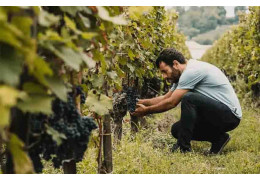
WINE PRODUCTION: WHAT ARE THE CONSTRAINTS INVOLVED IN SWITCHING TO ORGANIC FARMING?
In response to the many excesses of what is known as ‘conventional agricultu...
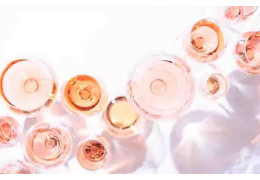
ROSÉ WINE: WHICH REGIONS OF FRANCE PRODUCE IT?
When you think ‘rosé’, what are the first images that come to mind? Sunny te...
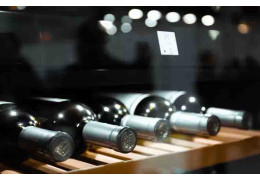
IS IT POSSIBLE TO KEEP WINE WITHOUT A CELLAR?
When you have more than a certain number of bottles or you want to age your ...
